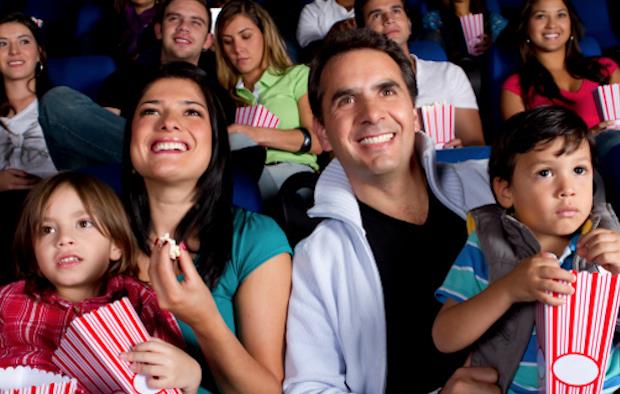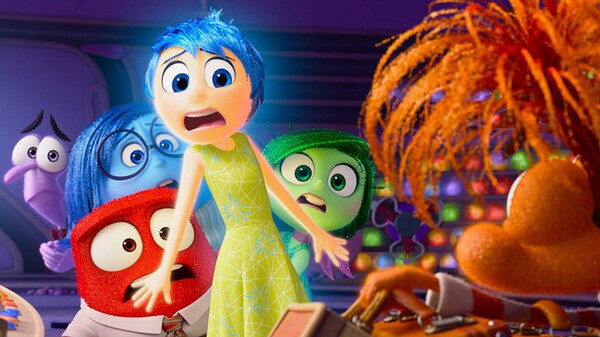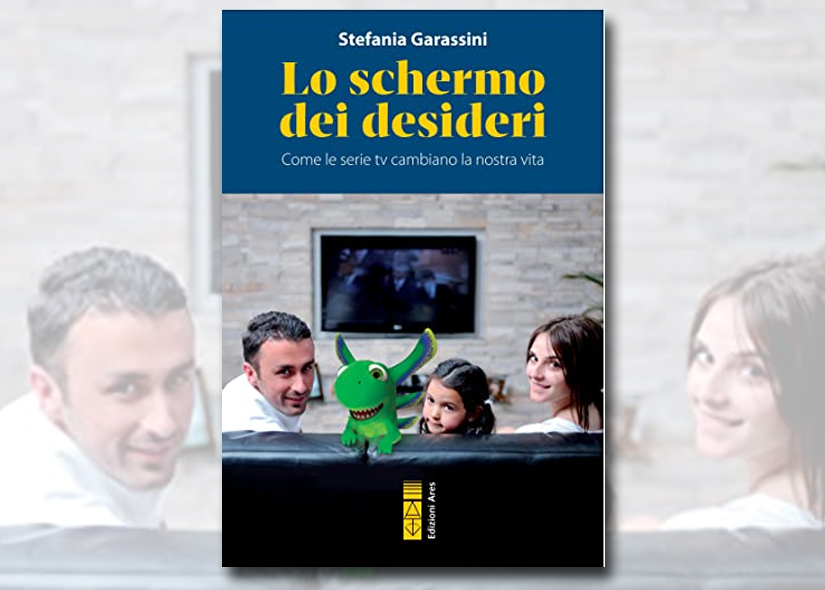TV series and familiies: If the “nuclear family” becomes just one of many options
Families and television series: what is the relationship between these two
realities? How is the family portrayed in the most loved TV shows today?
These and other questions have led us to analyse how soap operas and
telefilms portray the institution which, according to many sociologists,
remains the primary cell of society, or rather, the micro-community from
which the whole social fabric stems.
The power of the images
The media can be considered a mirror and amplifier of reality, conveying
the dominant mentality of the contexts in which it operates and at the same
time acting as a spokesman for certain messages and values. Thus
contributing to shaping and modifying reality.
This also applies to movies and TV series: stories convey cultural changes
in morals and, through stories, the audience gets some practical reasoning
about characters and life experiences. In such a way, they are able to give
consistency to society changes, thus affecting, in the long term, the
viewer’s way of thinking.
As far as the family is concerned, what messages are television series
sending?
The current family situation
Sociologist Pierpaolo Donati, in his book Family: the genome that gives
life to society (Rubbettino, 2013) – (mentioned in a previous article)
explains that nowadays we find it increasingly difficult to recognize the
intrinsic and essential characteristics of the family. According to the
postmodern mentality, in fact, there would be no “objective criteria” –
derived from the anthropological structure of the human being – to
determine what family a family is and isn’t….
The burden of establishing which relationships can give rise to a new
family nucleus is left to the subjectivity of each individual: to obtain
the moniker of “family”, all that would suffice would be the desire of
individuals to live as a family and a sentimental connection involving two
or more subjects.
If, therefore, each union can potentially create a family, the so-called
“traditional family”, formed by a man and woman married with offspring,
becomes little more than one of the possible family models. Indeed, today,
it is considered to be quite similar and comparable to monoparent nuclei,
homosexual unions, factual coexistence, extramarital relations.
The criticisms highlighted by Donati are reflected in many famous
television series and followed with passion by very large audiences. Below,
we will propose only a few examples of these trends.
The Bold and the Beautiful: passions and betrayal overwhelm the
stability of marital union
The Bold and the Beautiful is a US soap opera, created by William J. Bell
and Lee Phillip Bell for CBS, which has aired since 1987. Released in about
100 countries, it is the most beloved soap opera in the world: followed by
300 million viewers daily.
The protagonists of the story are two families: the Forresters and Logans.
However, the heart of the soap is passion and betrayal, which has little to
do with the dynamics of married love: the relationship between Ridge and
Broke, the main characters of the soap, has kept the audience holding their
breath for over thirty years.
Authors are more interested in creating an intriguing plot than leaving any
kind of message to their fans. And to achieve this, they tell us stories of
tumultuous love – that begin, crash, end, restart – without showing,
instead, that projectuality of a relationship that passes from the period
of knowledge of the engagement and then reaches the stability of marriage.
It does not follow that the audience “reads” all those betrayal and
re-compositionsin a plausible way, but interprets them as narrative
mechanisms, cliff-hangers to advance the drama. That is, do not consider
the characters of the soap as models of virtuous behavior with which to
compare their lives.
Nevertheless, showing certain lifestyles can leave sediment of
normalisation, makes appear normal what is not. Apart from that, why
writers give up to create captivating stories without necessarily
destroying the institution of the family?
“Modern family”, “Amore Pensaci tu”: if the traditional family is just one
of many
There are also some series that seek to overcome the differences between
unions of different kinds.
Consider Modern Family, a US television comedy created by Christopher Lloyd
and Steven Levitan and produced by 20th Century Fox Television. The authors
present three different nucleus families, formed by people related to each
other: the first is Jay Pritchett, joined in second marriage to a much
younger Colombian woman, Glory, who had already had a child from a previous
union. The second family is that formed by Claire, Jay’s firstborn
daughter, husband Phil and their three children: Haley, Alex and Luke. The
third nucleus is made up of Mitchell, Jay’s homosexual son, and his partner
Cameron, who marries during the fifth season: the two also adopt a
Vietnamese baby girl, Lily.
Behind the narrative of the various vicissitudes of everyday life, one can
see the author’s clear intention to show that the “modern family” (from
which the sitcom title) no longer has to follow patterns: there is no
longer a unique form of family … It can manifest itself in so many
different ways, as many as the wishes and whims of the characters that bind
themselves emotionally.
A series with a similar objective was also aired in Italy, although it has
not been very successful. It’s Amore Pensaci Tu ( Darling, you take care,
dont you?), aired on Mediaset, based on the format of the Australian series
House Husbands.
The protagonists are four men, dealing with everyday life problems and
managing their particular domestic situations.
Luigi defines the classic “Latin male”, who does not move a finger in the
house and avoids taking responsibility for the management of the children.
He conquers Gemma, with whom he has a child, but has two other daughters,
the result of two previous unions.
Marco is married normally to Paola and has two children. Unlike Luigi, he
deals heavily with his family and his family to allow his wife to make a
career.
Then there is Jacopo, a well-known footballer, divorced and with three
children, with a regreattable past. His wife has come back. Jacopo, at
first seeking to regain the woman, will end instead falling in love with
another and settling for not losing the love of the children.
Finally there is Francis, accompanied by a man, Thomas. The two were
entrusted to the grandson of Thomas, the daughter of the deceased sister.
Taken with a petulant and intrusive “mother-in-law”, the two seem like a
married couple like so many.
Even the authors of this series conceive the family not as a natural
institution with well-defined features, but rather as the sum of more or
less stable relationships that change to ever-changing external factors,
feelings, and personal desires.
There is every taste for it: everyone can choose the type of family they
want or who can build.
“A Family Doctor”, “The Cesaronis”: If the extended family becomes the
main family model
There are also other TV series that allow us to talk about how often the
extended family is presented as the most common family model: children,
brothers, husbands, husbands, wives, ex-wives, new comrades and old flames
live together together or still live serenely, giving the impression that
the end of a marriage is one of the most natural and normal things in life.
This is the case for two very beloved dramas: The Cesaroni (produced by
Publispei for RTI) and a family doctor (based on the format of the Spanish
series Telecinco Médico de familia)..
The protagonists of these shows are, in fact, two families, which season
after season rise and rise again on the remains of previous unions.
In both cases, scriptwriters are able to create and transmit a sense of
harmony and serenity that strikes with (contradicts?) the fragility of
protagonists’ relationships, subject to easy breaks.
The family identity crisis also permeates TV series
In conclusion, we could say that the identity crisis facing the family is
also reflected in many of the most beloved drama and soap operas: as we
have seen, there are serials in which the family is “watered down”, that
is, in continuous disintegration and rebuilding due to deceit and betrayal;
others in which we are presented in parallel to different types of union as
if they were in the same family; still others where the main family model
is the “extended family”.
The natural family (which for many does not even exist) or that solid union
between a man and a woman who swears eternal fidelity and who commit
themselves to educating the offspring together, even if not completely
eliminated, is often relegated to the sidelines.














